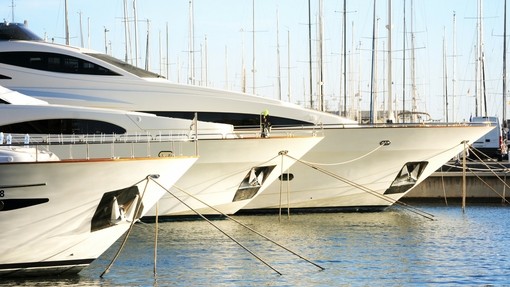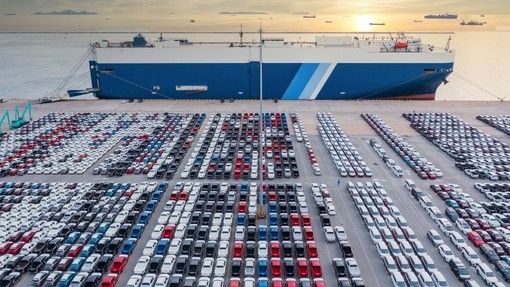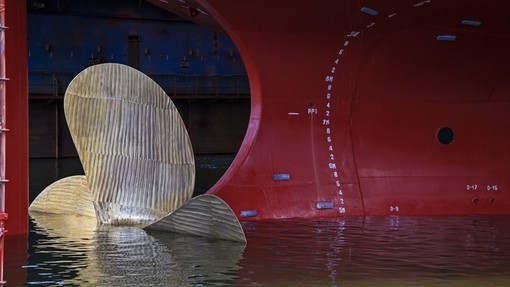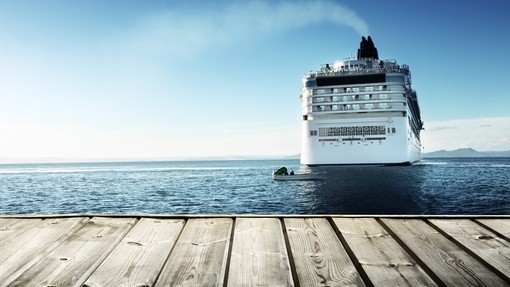“TAI PRIZE” – Bills of lading and ‘apparent good order and condition’ – apparent to whom?
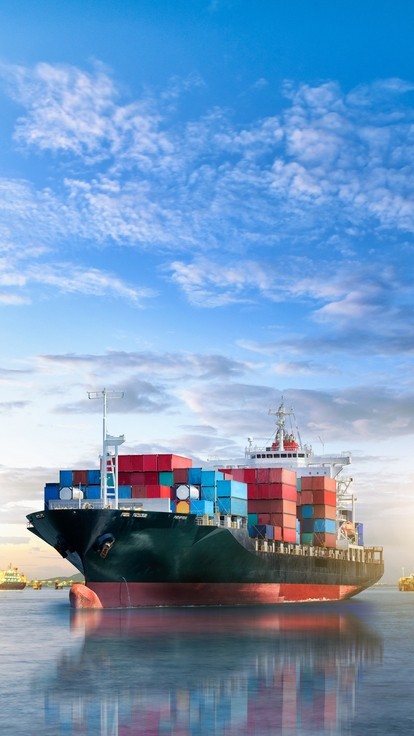
Details
Noble Chartering Inc –v– Priminds Shipping (HK) Co Ltd [2021] EWCA Civ 87 (the “TAI PRIZE”)
In the previous edition of Trade Advantage (August 2020), we reported on the High Court decision. The Court of Appeal has recently issued their decision, upholding the High Court’s judgment.
Background
At the heart of this action is a cargo of soyabeans, for which a bill of lading had been issued stating them to be in ‘apparent good order and condition’ and where the LMAA sole arbitrator held them to have been damaged before loading.
Head owners had settled a claim under the bill of lading and recovered 50% of their loss from disponent owners under the interclub agreement (ICA). Disponent owners now sought to recover from the charterers under the voyage charterparty on the Norgrain 1973 form, on implied indemnity principles.
Disponent owners pointed to the draft B/L having been provided by the shippers/charterers, with the master and crew having had no reasonable opportunity for their own examination of the soyabeans during loading.
LMAA decision
Briefly, the sole arbitrator (Ms Sarra Kay) had concluded that:
- The damage was pre-existing but it was not reasonably visible to the master at the time of shipment due to the modus operandi (the cargo being loaded from silos).
- The shippers (charterers) must be taken to have known the damage, such that their draft B/L which stated that the cargo was ‘shipped in apparent good order and condition’ was inaccurate.
- Charterers were in breach of an implied warranty in the charterparty to provide an accurate draft B/L and were, therefore, obliged to indemnify owners.
High Court decision
Charterers appealed to the Commercial Court under s.69 of the Arbitration Act 1996. HHJ Pelling QC held that:
- The tender of a draft B/L was only an invitation from shippers to the master to make a representation of fact in accordance with his own reasonable assessment of the apparent condition of the cargo at the time of shipment.
- In light of (1) and, since the arbitrator found that the damage was not visible to the master upon reasonable examination, the statement in the bill of lading was accurate.
- There was no room to imply a warranty or an indemnity owed by shippers/charterers as to the apparent condition of the cargo. This would run counter to Article III, Rules 3 to 5 of the Hague Rules, that were incorporated into the sub charter.
Court of Appeal
The question before the Court of Appeal was whether a right of an indemnity arises in cases where owners incur a liability as a result of a misdescription in a B/L, which was not reasonably discoverable by the master but which was known (or should be known) to charterers.
Reviewing the authorities, the Court of Appeal upheld the Commercial Court Judge’s decision in that, as ‘everyone in the shipping trade knows ’, it is ultimately the master’s responsibility to verify the condition of the cargo and decide whether to sign a draft clean B/L.
More specifically, the Court of Appeal held that:
- The representation ‘shipped in apparent good order and condition’ is made by the master, based on his own reasonable examination of the cargo at the time of shipment. What matters, therefore, is what would be apparent to the master at the load port and not to anyone else, such as shippers, who may have other means of examining the cargo at an earlier time.
- What amounts to a reasonable examination depends on the actual circumstances at the load port. The master must take reasonable steps in the circumstances but he is not required to disrupt the loading procedures (in this case, for example, by pausing the loading from silos to let the dust settle) in order to examine the cargo; or for example waiting for daylight and better visibility.
- In light of the above and since the damage was not reasonably visible to the master, this cargo was indeed ‘shipped in apparent good order and condition’. The arbitrator’s decision that the B/L was inaccurate was wrong in law.
- The tender of a draft B/L is only a request by the shipper that the master should satisfy himself as regards the apparent condition of the cargo. It does not give rise to any warranty or representation by the shipper. To imply a warranty would (a) run contrary to the scheme of the Hague Rules (which distinguishes between (i) information provided by shippers, and which shippers are held to guarantee and (ii) the apparent order and condition of the cargo, subject to the master’s reasonable visual examination) and (b) it would also not be necessary, because signing the B/L does not preclude shipowners from establishing the true condition of the cargo.
The Court of Appeal left open the possibility that, by tendering a draft B/L containing a statement that the cargo is shipped in apparent good order and condition, the shippers make an implied representation that they are not aware of any hidden defects, which, if known, would mean that the master would not sign the B/L as tendered. This is not, however, how owners put their case and there was no finding of fact by the arbitrator that shippers or charterers had actual knowledge of the pre-existing damage.
Comments
The Court of Appeal decision is a reminder that, despite information on a draft B/L provided by shippers, the master must still perform his own reasonable examination of the cargo, exercise his own judgement, and then decide whether to sign.
This does not mean, however, that shippers are being encouraged to misdescribe; the Court of Appeal had sympathy for the owners’ position where shippers/charterers had actual knowledge of pre-existing damage, noting that this may seem unfair. They left open the possibility that the position could be different in such scenario. But that was not the issue before the Court on this arbitration appeal: the issue under appeal was as to the B/L’s reference to apparent order and condition.

